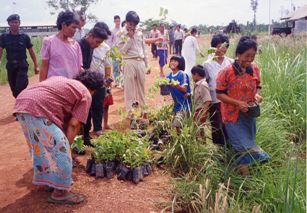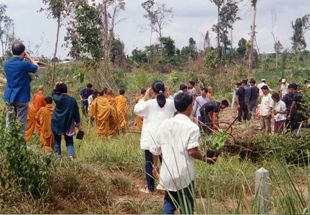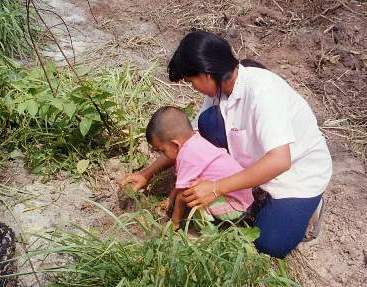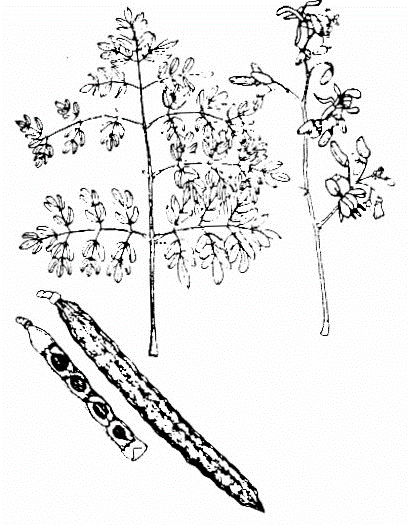


Moringa oleifera
 Origin
Origin
South Asia
Ecology
Annual rainfall: 750-2500mm.
Normal temp range: 9-37°C.
Altitude range: 0-1000m.
Seasonal adaptability: Good.
Soils: pH 5.5-7.5; can grow on soils with low fertility; best on alluvial soils.
Description
Height at maturity: 12m.
Form: Small tree, umbrella shaped, light crown.
Coppicing ability: Good
Other: Does not fix nitrogen
Primary advantages
Has a number of food, fodder, and fuel uses; grows well on poor, dry soils.
Products and yields
Fuelwood: Has wood density of 0.32 (air dry) 4600 kcal/kg. Burns very fast.
Fodder: Leaves are used.
Food: Young pods are eaten; dried seeds eaten like peanuts; root from seed-grown trees used as horseradish substitute.
Other: Oil from seeds is known in trade as Ben or Behen oil and used locally as an edible oil, for illumination, lubrication and cosmetics; bark and leaves are reported to be medicinal.
Propagation
Seedlings, cuttings, direct sowing.
Seed treatment
None required.
Management
Can be coppiced, lopped, pollarded, or pruned for fuelwood.
Agroforestry uses
Light crown density allows it to be interplanted with many kinds of annual crops.